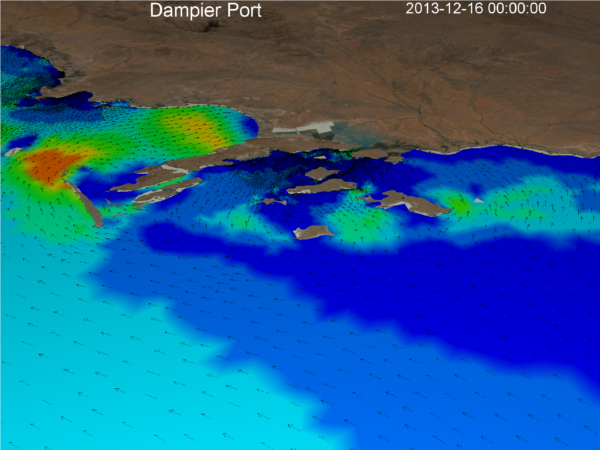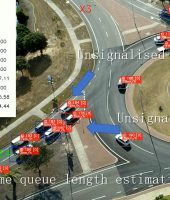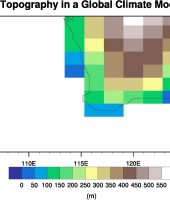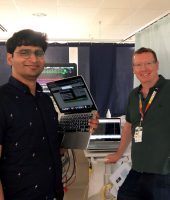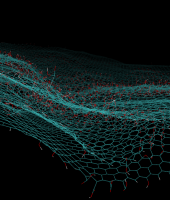Improving Australian Maritime Safety
Ship groundings account for one-third of the world’s maritime accidents and can be catastrophic for maritime operations, humans, and the environment. Pawsey Supercomputing Centre has assisted hydraulic specialist group DHI in the creation of a preventive strategy.
A dedicated team lead by Mr. Simon Brandi Mortensen, an award-winning hydraulic engineer from DHI, has developed a sophisticated numerical modeling system for predicting the fate of large drifting vessels using the world-class facilities at Pawsey Supercomputing Centre. The complex modeling system has been developed in collaboration with AMSA and can predict the grounding risk caused by large drifting vessels and support the improvement of emergency response strategies at sea.
The Challenge
Every year, 35, 000 vessels move through Australian waters accounting for 10% of the world’s maritime traffic. With this number expected to grow by 80% in the next ten years, understanding how ships interact with the ocean is now a priority for maritime safety.
Mrs Caroline Lai is one of the DHI team members responsible for developing a 3D ocean modeling forecast model feeding into the large drift model.
“Water flow can be very different in depth at the same area. It is not unusual to have water at the surface and sea bottom flowing to opposite directions. It is important to understand the water flow conditions in the top 30 meters of open sea to provide a reliable forecast system. Therefore we built three-dimensional models,” said Mrs Lai.
The large domain size and fine spatial resolution necessities for the 3D modelling effort required the use of high- performance computing.
“Complexity of the three-dimensional solution and the large coverage area makes the model very heavy and almost impossible for a normal computer. For example, it might take 20 hours to complete a two-day simulation on a 12-core machine. This is too slow for the emergency response teams to make any rescue plan. To shorten the response time, we need an extremely fast and powerful machine, a supercomputer in other words.”
The Solution
Using the state-of-the-art infrastructure at Pawsey Supercomputing Centre, Mr. Mortensen and his team were able to access the compute power required to complete the computer intensive tasks for 3D ocean modeling.
“We were not able to build such a comprehensive and large three-dimensional model in the past simply due to the limitation of computing power. With such a reliable supercomputing resource, we are able to achieve something that previously seemed impossible,” said Mrs Lai.
Outcome
In utilising the cutting-edge supercomputing facilities at Pawsey, Mr. Mortensen was able to create multiple numerical 3D current models. The models can simulate full hydrodynamic forces in vast areas of coastal waters and the individual responses of each ocean vessel. As a result, Mr. Mortensen and his team can use model outputs for accurately predicting and reduce the risk of ships becoming grounded in Australian waters.
“At this stage, we have built the integrated wave and 3D flow models for the North-West and South-West regions,” said Mrs Lai.
“This project is set out to minimize the risk of vessel grounding, which might lead to oil spills, loss of vessel, in the worst cases, human casualties and permanent damages to our prestige marine environment. We see this model as an important step towards minimizing the likelihood of these types of events from taking place in the future,” said Mr. Mortensen.
Project Leader.
